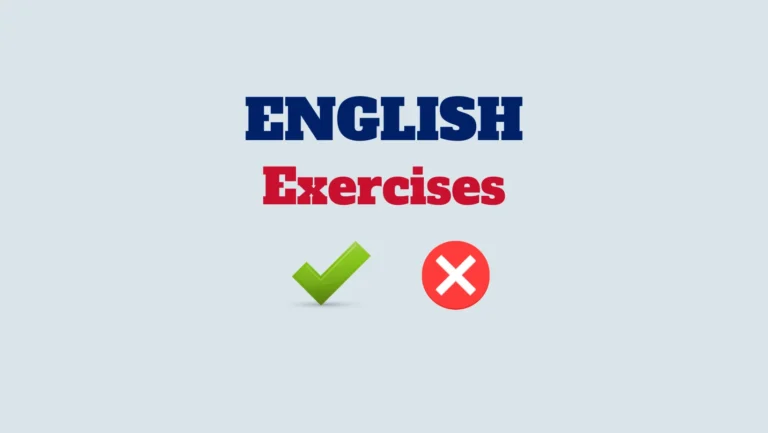In the English language, the adverbs “already,” “still,” and “yet” play crucial roles in conveying the timing and status of actions. Mastering their usage can enhance your communication skills and bring clarity to your expressions.

In this lesson, we will delve into the meanings and applications of “already,” “still,” and “yet,” exploring how they contribute to effective communication.
Already
Definition and usage:
“Already” is used to highlight the completion of an action before another event. It is frequently paired with the present perfect or past perfect tense.
Examples:
I have already finished my homework.
They had already left for the airport when you arrived.
Still
Definition and usage:
“Still” indicates the continuation of an action from the past, often presenting a contrast with expectations.
Examples:
She is still studying for the exam.
Despite the rain, they still went for a walk.
Yet
Definition and usage:
“Yet” is used in negative statements and questions to denote something not happening up to the present time or to introduce a contrasting idea.
Examples:
I haven’t finished my book yet.
Have you seen that movie yet?
Using “Yet” in questions
“Yet” is commonly employed to inquire about the completion of an action or the occurrence of an event.
Example:
Have you finished your assignment yet?
This question implies that the action of completing the assignment has not happened up to the present moment, inviting the respondent to provide an update on the status of the task.
To ensure clarity in your communication, it’s essential to distinguish between “already,” “still,” and “yet.” Let’s address a common mistake and clarify the distinctions.
Contextual usage:
The choice of adverb depends on the context of the sentence and the intended meaning. Consider the following examples to highlight how the context influences the selection of “already,” “still,” or “yet“:
Example 1:
“The train has left already.”
In this case, “already” emphasizes that the train has already departed, indicating a completed action.
Example 2:
“The train is still here.”
Here, “still” suggests that the train has not left yet, emphasizing the ongoing presence of the train.
A nuanced understanding of “already,” “still,” and “yet” empowers you to express temporal nuances accurately. By practicing their usage in various contexts, you’ll develop a proficiency that adds depth to your language skills. Happy learning!



